Peace Lilies (Spathiphyllum) are tropical plants that flourish in humid environments. During summer, especially in dry or air-conditioned homes, maintaining the right level of humidity can be a challenge. Dry air leads to brown leaf tips, drooping foliage, and poor blooming—all signs that your Peace Lily is under stress.
Fortunately, there are simple and effective ways to increase humidity around your plant. In this guide, we’ll explore natural humidity hacks that will help your Peace Lily thrive during even the driest summer days.

Why Humidity Matters for Peace Lilies
Peace Lilies come from tropical rainforests where the air is consistently moist. This moisture helps the plant regulate water loss through its leaves and supports healthy growth. When the air becomes too dry, especially indoors during summer, Peace Lilies respond by:
- Developing brown, crispy leaf edges
- Drooping despite regular watering
- Producing fewer flowers
- Showing slowed or stunted growth
Raising humidity levels helps restore the balance and reduces plant stress.
Also Read- Can You Move Peace Lilies Outdoors In Summer? What You Should Know
Ideal Humidity Range for Peace Lilies
The ideal humidity for Peace Lilies is between 50% and 70%. Anything below 40%—common in dry climates or air-conditioned rooms—can begin to negatively affect the plant.
If you're unsure about the humidity in your home, consider using a digital hygrometer. It’s an inexpensive tool that helps monitor conditions so you can respond effectively.
Also Read- Beat The Heat: How To Keep Indoor Peace Lilies Happy With Kitchen Remedies
Signs Your Peace Lily Needs More Humidity
If you notice any of the following during summer, it may be a sign the air is too dry:
- Leaf tips turning brown or curling
- Leaves drooping more often, even after watering
- Slower leaf production or failure to bloom
- Dry soil that doesn’t retain moisture for long
Now let’s look at how to fix it.
Humidity Hack #1: Use a Pebble Tray
A pebble tray is one of the easiest and most effective methods to boost humidity.
- Fill a shallow tray with pebbles or small stones.
- Add water just below the surface of the pebbles.
- Place your Peace Lily pot on top, ensuring the pot sits above the water level.
As the water evaporates, it creates a humid microclimate around your plant without making the roots sit in water.
Humidity Hack #2: Group Plants Together
Plants naturally release moisture into the air through a process called transpiration. When placed close to each other, they create a more humid environment.
Group your Peace Lily with other humidity-loving plants like ferns, calatheas, or pothos. This cluster effect works especially well in rooms with moderate lighting and poor airflow.
Humidity Hack #3: Use a Humidifier
For those in particularly dry climates or homes with constant air conditioning, a humidifier is a reliable option. Set it near your Peace Lily and run it during the hottest parts of the day.
Choose a cool-mist humidifier and keep it clean to avoid mold buildup. Even running it for a few hours a day can make a big difference in how your Peace Lily looks and feels.
Humidity Hack #4: Mist the Leaves (Gently)
Light misting with clean water helps temporarily increase moisture on the leaves, especially during peak summer heat. Use a fine spray bottle and mist in the early morning or late afternoon.
Avoid misting in the evening, which can leave leaves damp overnight and increase the risk of fungal infections. Also, don’t mist too heavily—this method is helpful but not a complete replacement for overall humidity control.
Humidity Hack #5: Relocate to a More Humid Area
Bathrooms and kitchens often have naturally higher humidity levels due to steam from showers or cooking. If these rooms receive indirect sunlight, they can be great summer homes for your Peace Lily.
Avoid placing the plant near windows that get direct sunlight, stoves, or areas with temperature fluctuations.
Humidity Hack #6: Cover During Extreme Heat
If your area is experiencing extreme dry heat, consider creating a temporary humidity tent:
- Use a clear plastic bag or dome to loosely cover the plant.
- Keep the cover elevated using wooden sticks or wire hoops.
- Open the cover daily for air exchange and to avoid mold buildup.
This DIY greenhouse effect traps moisture around the plant and is especially helpful during short dry spells.
Also Read- Can Peace Lily Help With Allergies? Home-Based Air Cleaning Plants
Bonus Tip: Water the Right Way
Proper watering also helps maintain internal plant moisture, reducing the need to constantly fight dry air. During dry summer conditions:
- Water deeply when the top two inches of soil are dry.
- Ensure the pot drains well to avoid root rot.
- Avoid letting the soil completely dry out between waterings.
Consistent, appropriate watering keeps your Peace Lily better equipped to handle environmental stress.
What to Avoid
While boosting humidity, avoid these common mistakes:
- Don’t use hard tap water for misting—it can cause mineral buildup on leaves.
- Don’t mist under direct sunlight—it may cause sunspots on the foliage.
- Avoid overwatering as a solution to dry air—this leads to root rot, not more humidity.
Also Read- Can Peace Lilies Handle Air Conditioning in Summer Homes?
Final Thoughts
Peace Lilies thrive in warm, humid environments, making them sensitive to dry indoor conditions during summer. With a few simple adjustments—such as using a pebble tray, running a humidifier, or misting correctly—you can create a microclimate that mimics their natural habitat.
By understanding your Peace Lily’s humidity needs and implementing these practical solutions, you’ll help your plant stay lush, healthy, and beautiful through even the driest of summers.


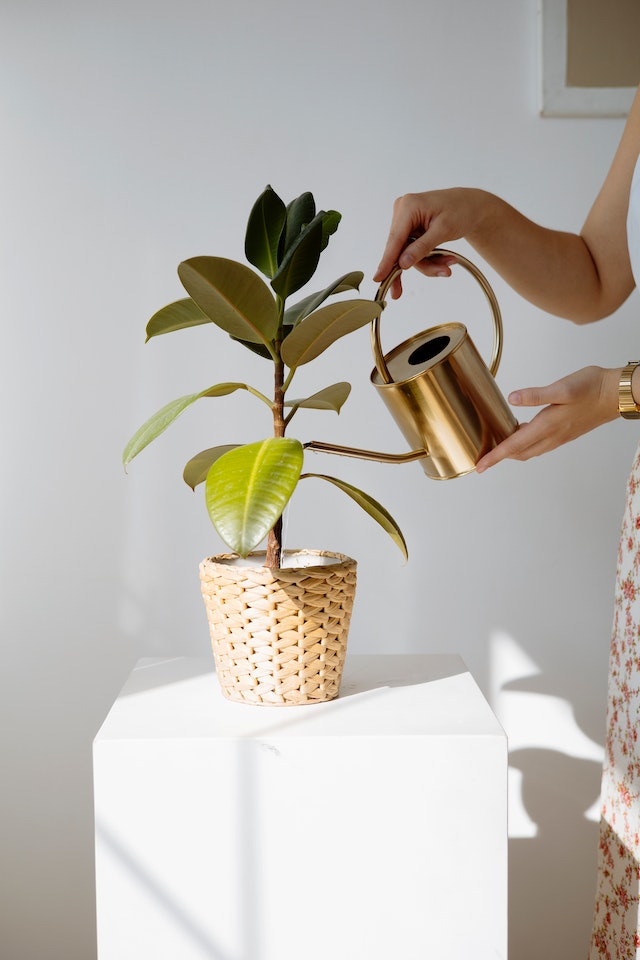


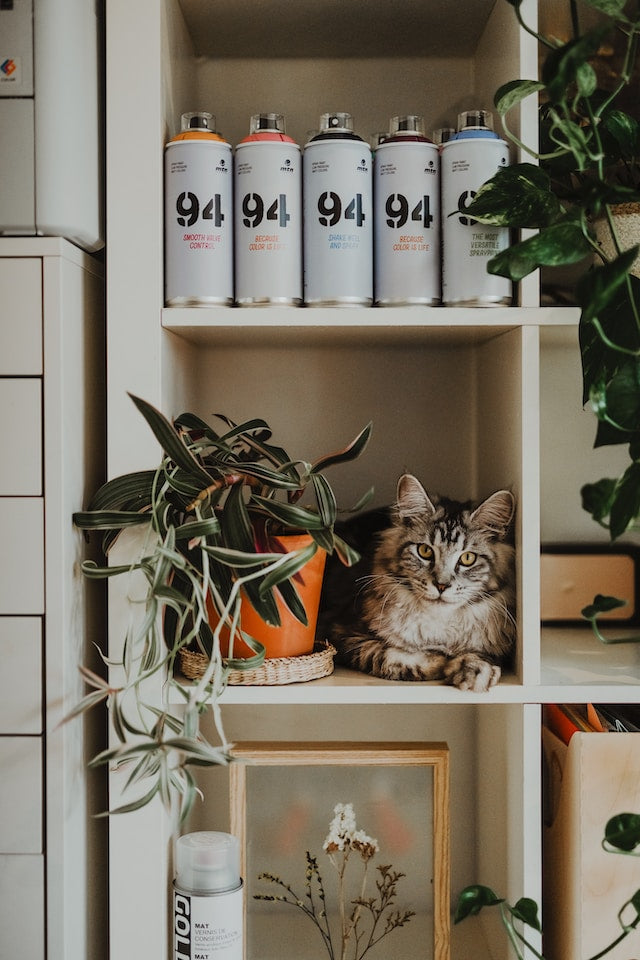

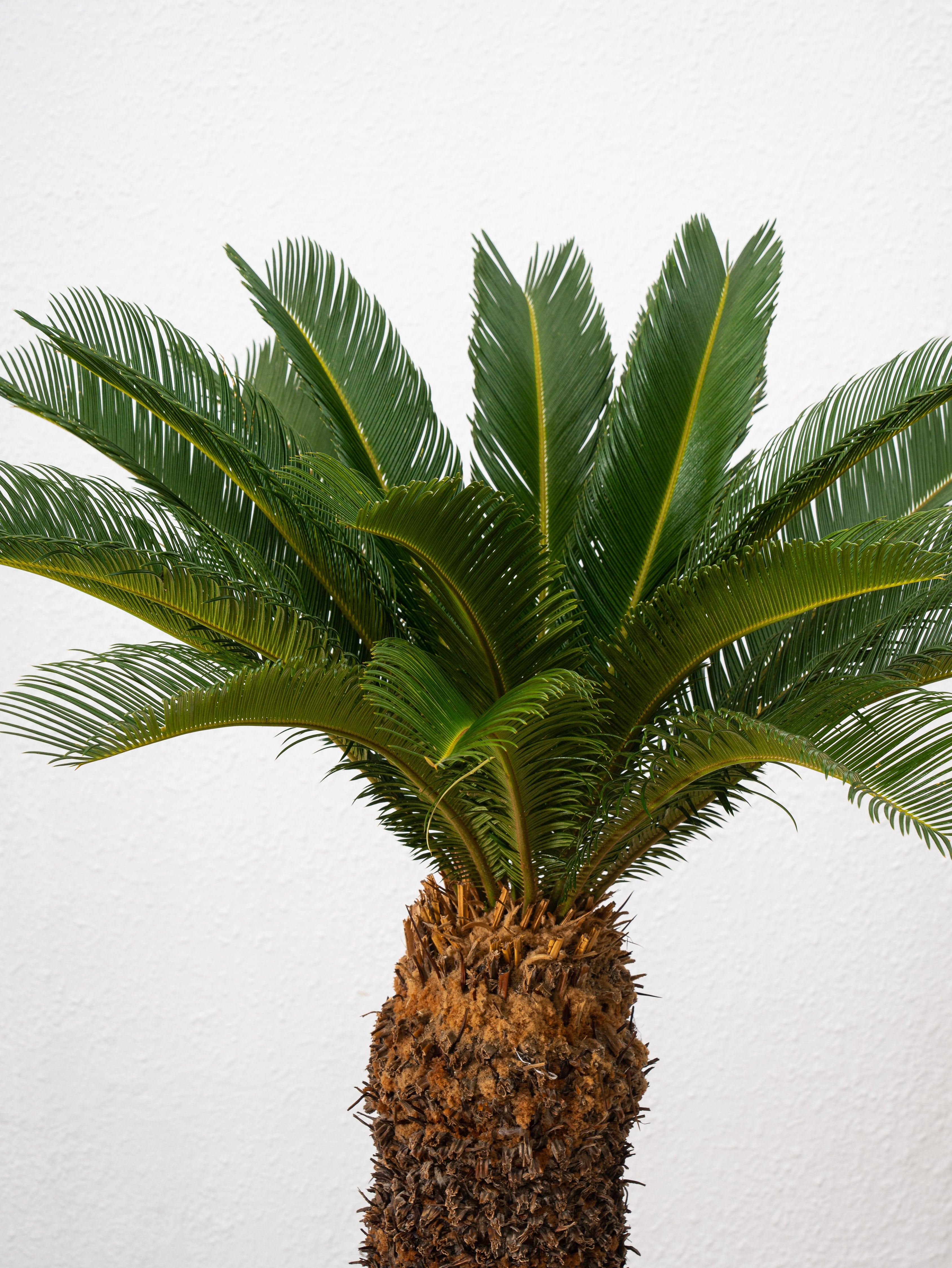
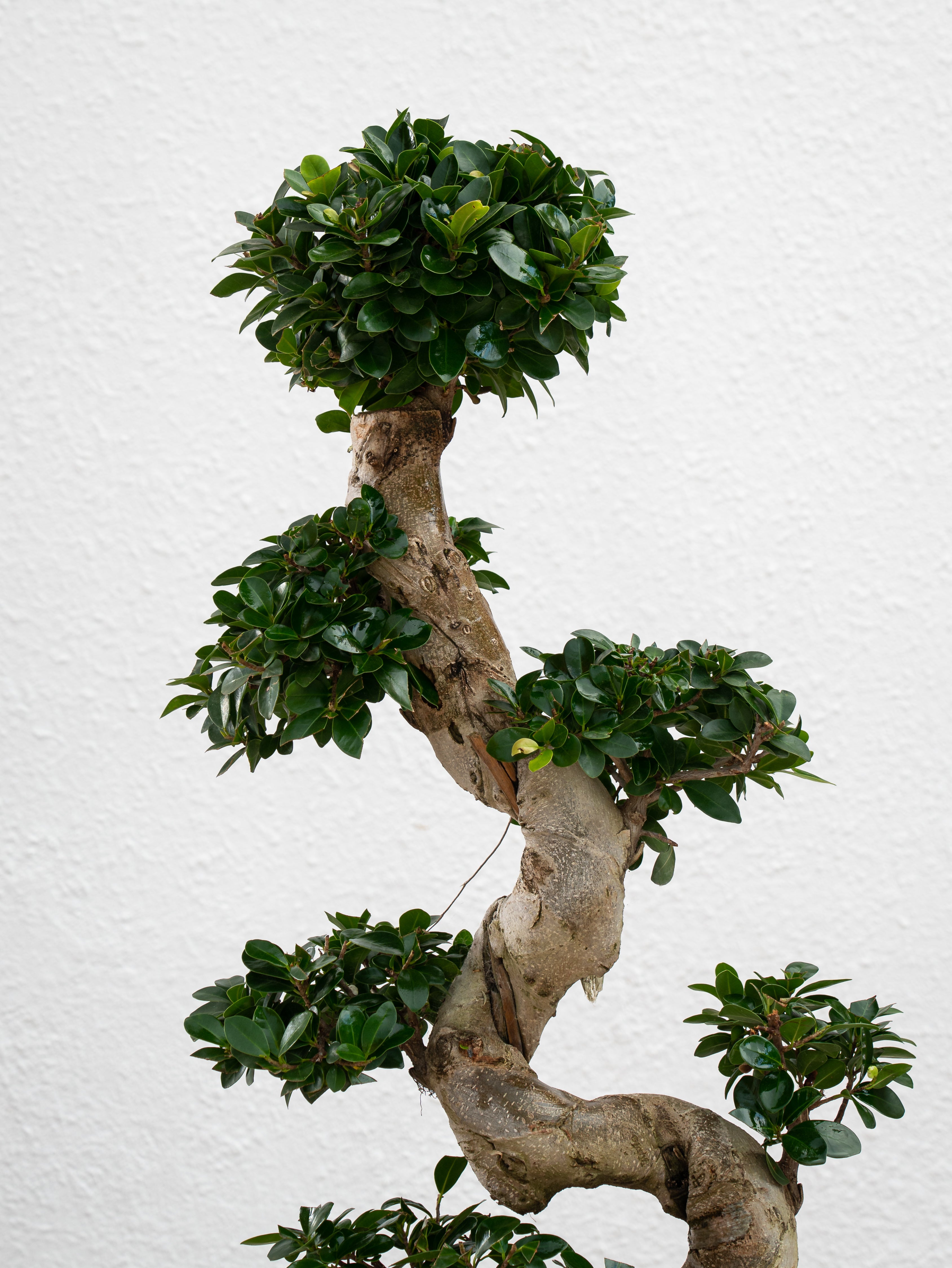
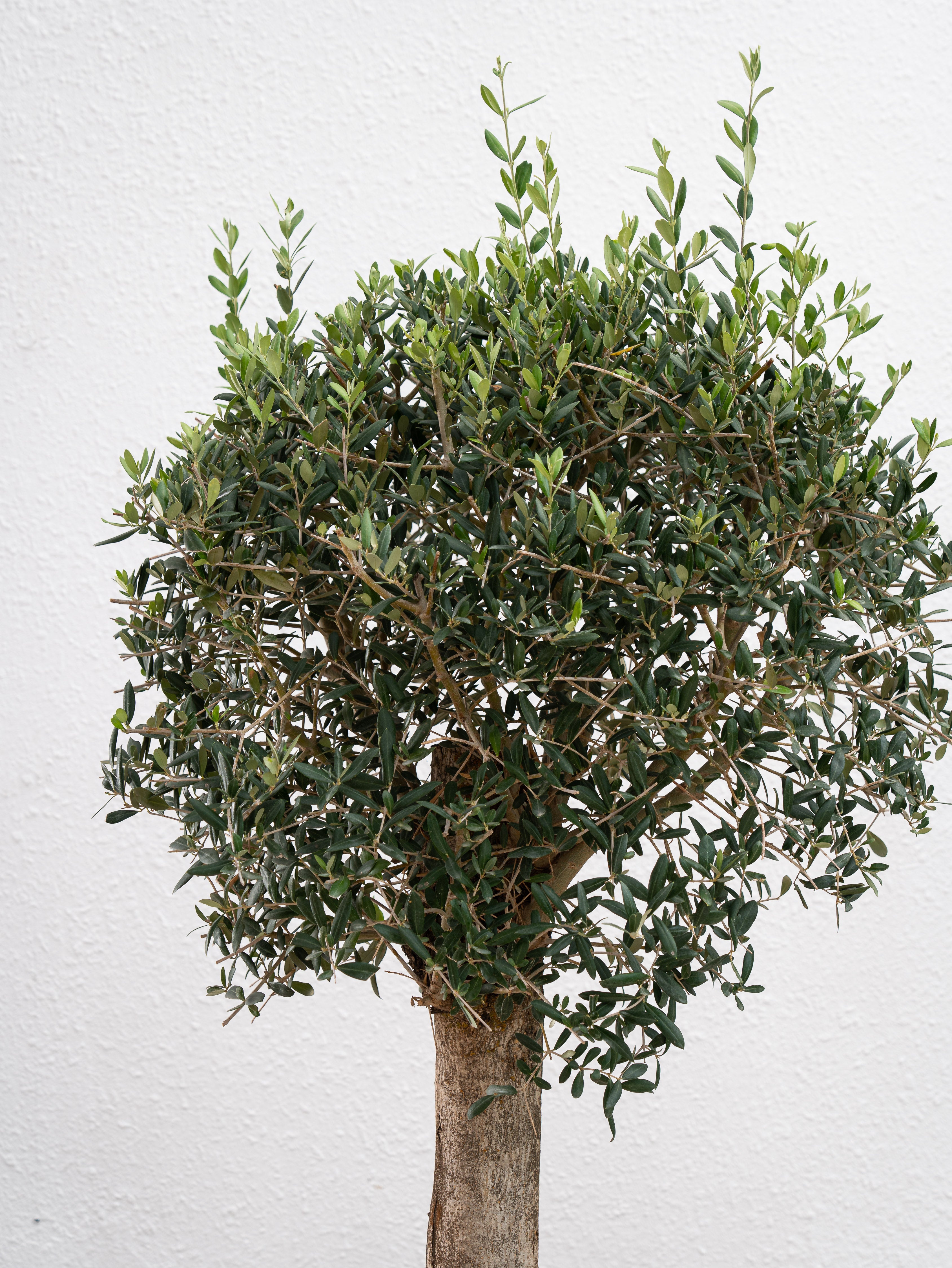
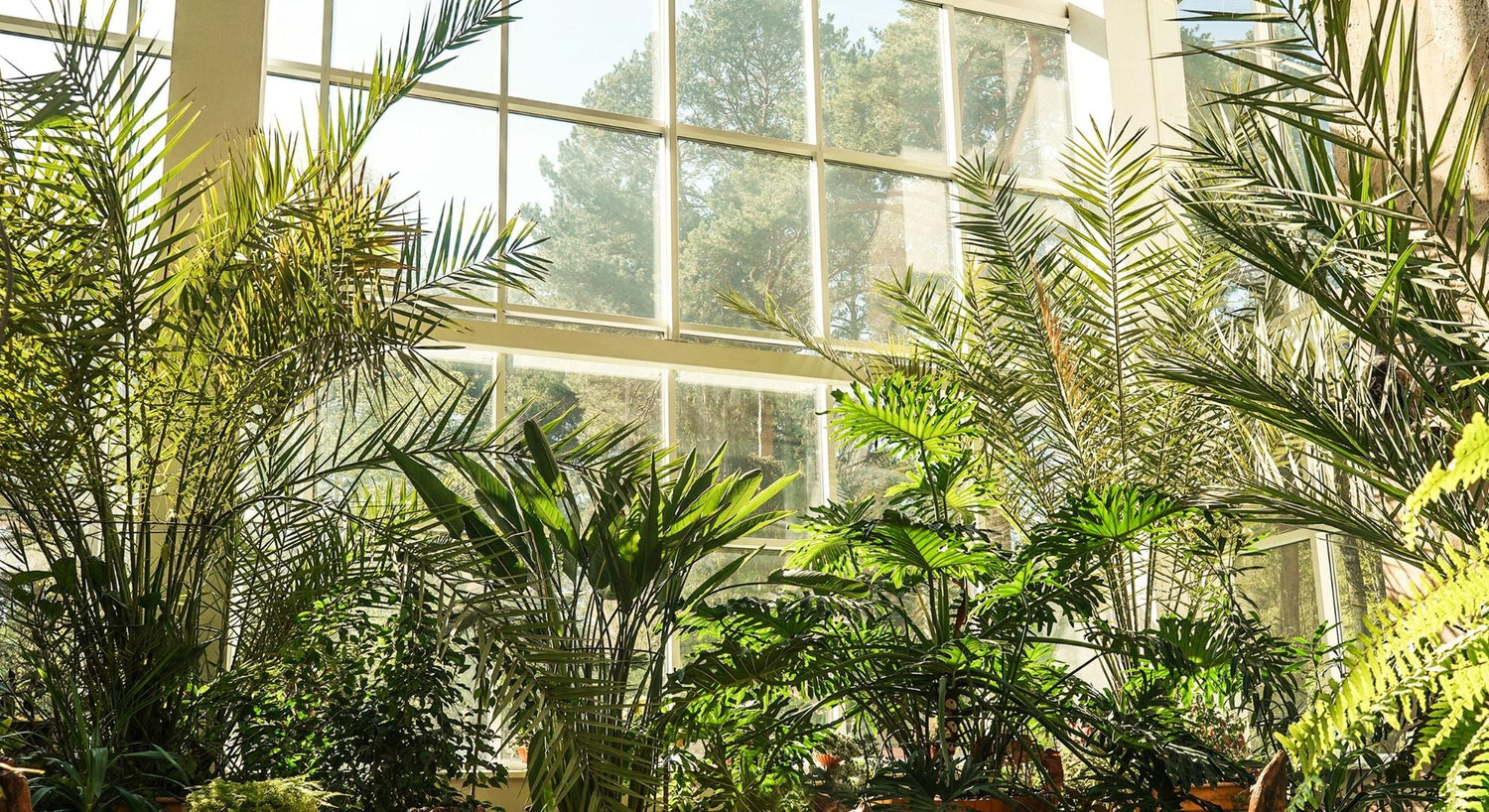
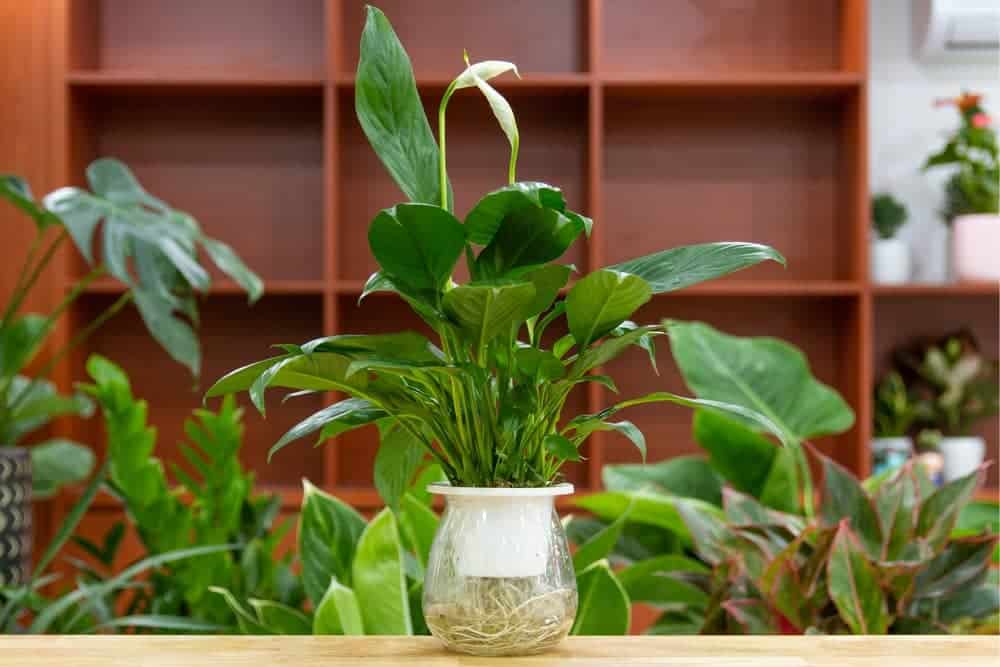
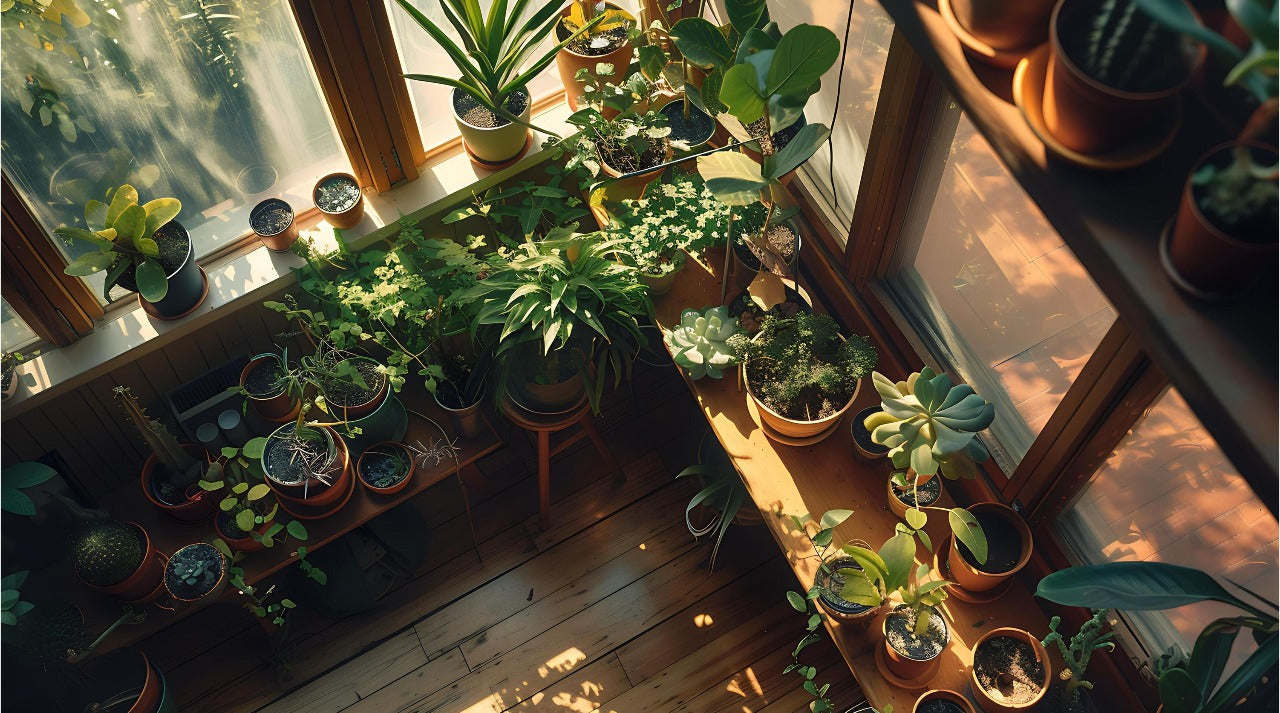
Leave a comment
This site is protected by hCaptcha and the hCaptcha Privacy Policy and Terms of Service apply.